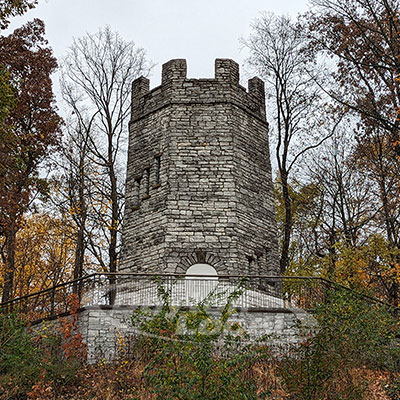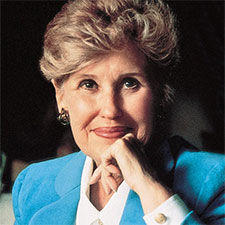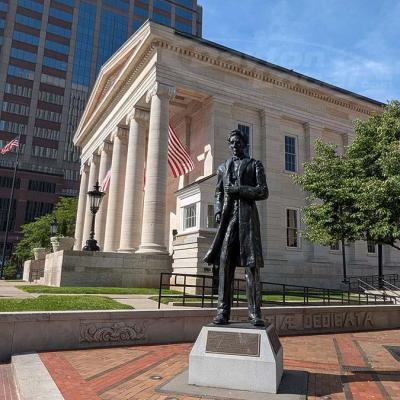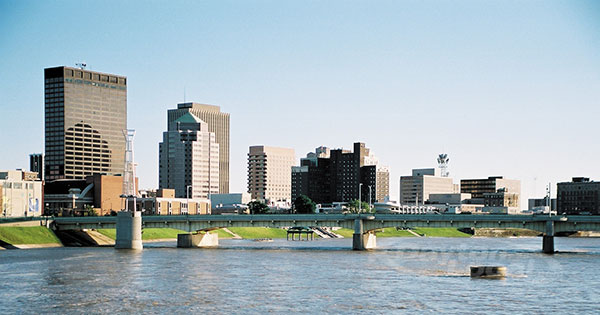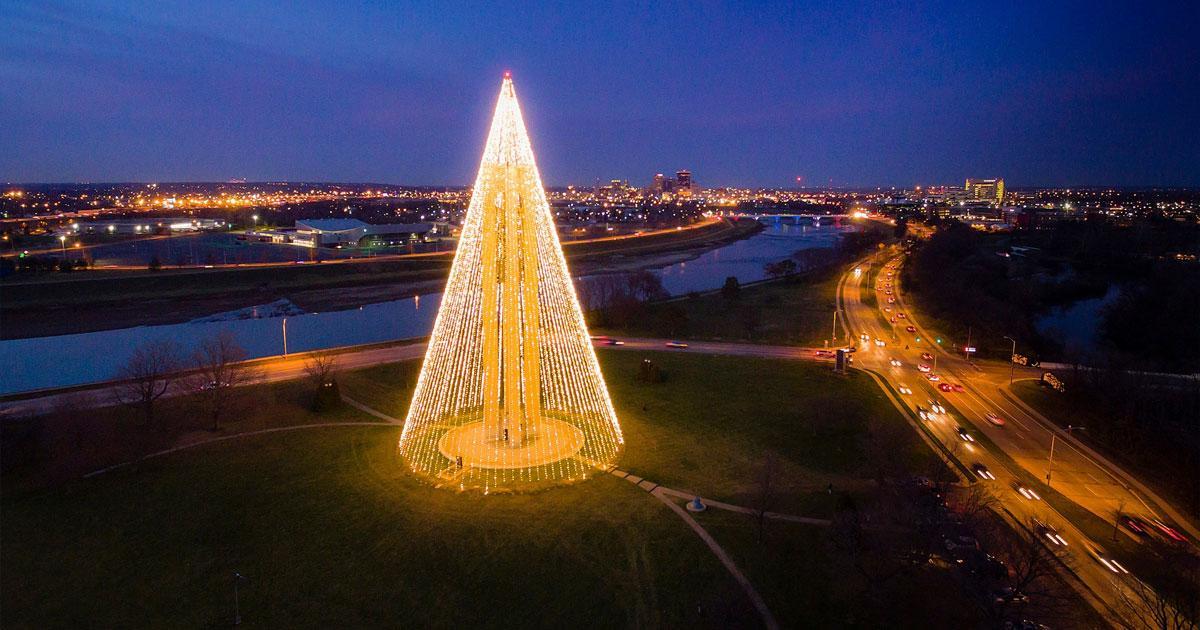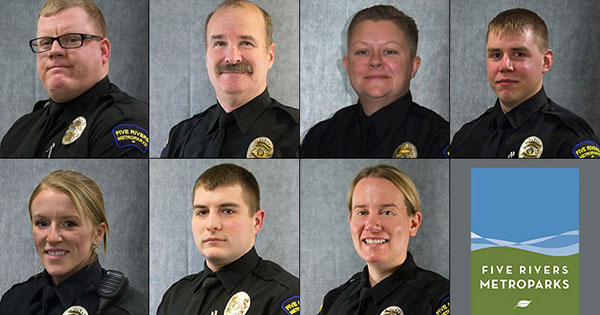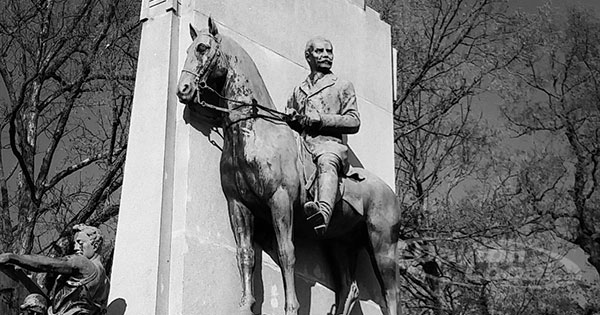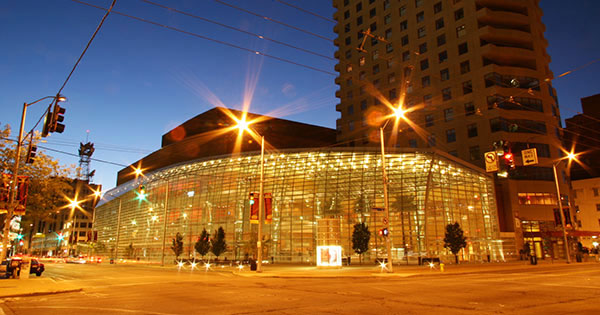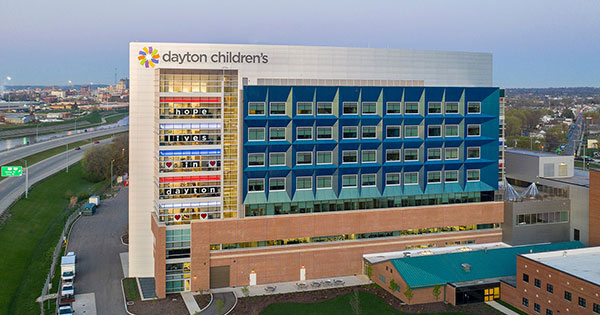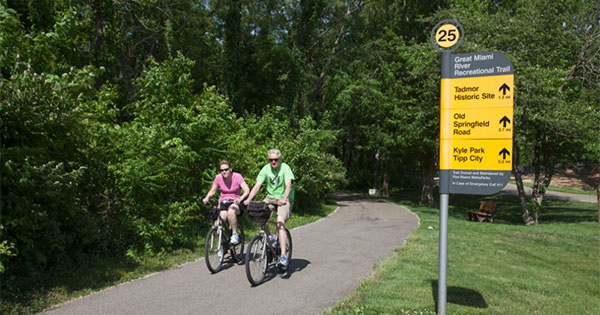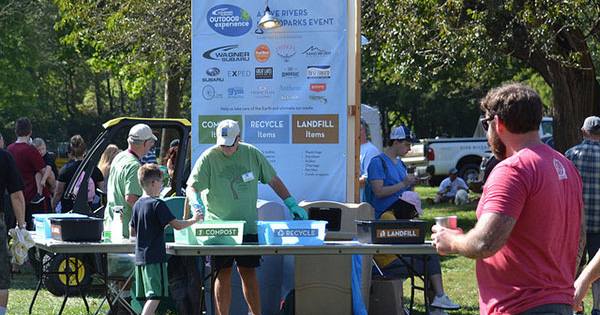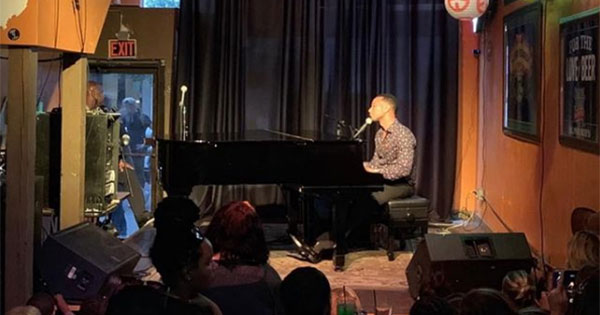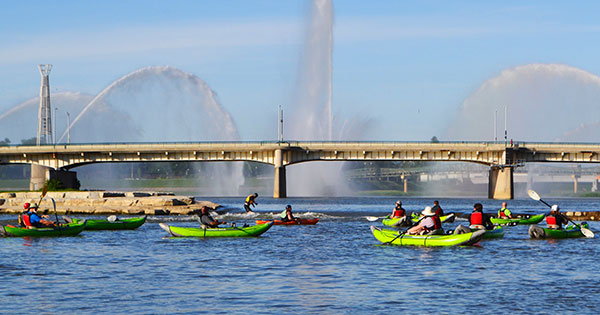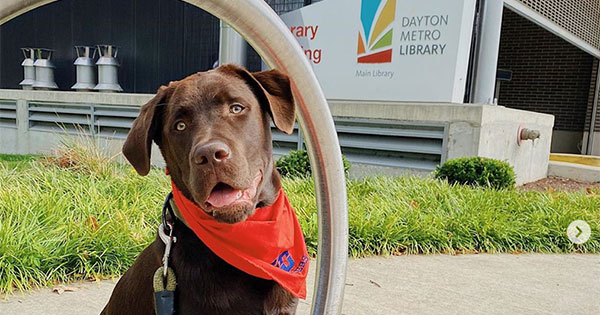Belmont Auto Theatre: The story behind the iconic drive-in movie theater
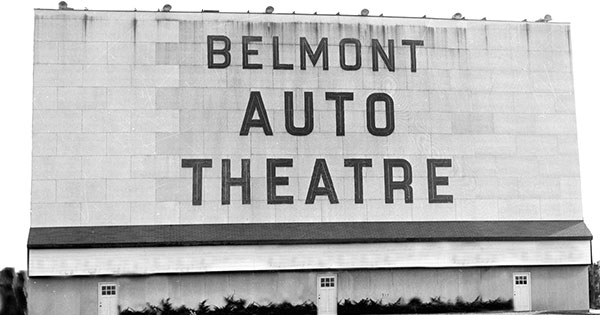
The Belmont Auto Theatre, located at the southeast corner of the intersection at County Line and Shakertown Road, opened on August 7, 1947.
Belmont Auto Theatre: The story behind the iconic drive-in movie theater
Story and photo credits: Curt Dalton, Local historian.
Maxwell A. Milbauer and his wife, Emma, enjoyed entertaining children in the Belmont area by showing 16 mm movies on a large sheet that hung in their back yard. On one particular evening Elvin Doll, and his wife Edith, came over to watch a movie. Max and Elvin, who worked together at the Hyland Machine Company, had talked a few times before about beginning a business of their own. Edith remarked that perhaps they should open an outdoor theater where people could watch a movie in the comfort of their car. The two men agreed that this was a good idea and brought in another co-worker, Joe Flory. This was the beginning of the Belmont Amusement Company, later to be known as B.A.C. Theatres.
"We built the business on a shoestring, and did a lot of the work ourselves," laughs Joe Flory. This included mixing the concrete for the bases of the speaker posts, as well as pouring and finishing the floor of the concession stand. As the theater neared completion, August 6, 1947, was chosen for the grand opening date.
"We even sent out invitations," said Flory. "Unfortunately, up came a big storm. Dayton Power and Light didn’t have the electricity hooked up yet, we were running that close to getting open. They came out and it was lightning and thundering. They didn’t want to go up the pole and I didn’t blame them so we had to cancel the opening night."
The Belmont Auto Theater finally opened at 2060 County Line Road in Dayton, on August 7, 1947. The Belmont would become the first drive-in in the area to introduce stereophonic sound, car heaters, 3-D movies and CinemaScope, and one of the few one-screen theaters to offer two concession stands. One sat in the middle row and another was placed in the back.
In 1954 the Belmont added new sections to its original screen to make a CinemaScope screen 96’ wide and 65’ high. It was the second largest in the country at the time, surpassed only by Sherwood Twin’s new 100’ x 65’ screen. Belmont’s projection screen was nearly three times as wide as the CinemaScope screens in downtown Dayton’s indoor theaters, which averaged thirty-five to forty feet across.
To celebrate the new screen the owners booked a new 3-D Rita Hayworth movie entitled ‘Miss Sadie Thompson’, "which, to say the least, should bring out all the young lady’s advertised dimensions", noted Journal Herald’s film critic A. S. Kany.
Since the 3-D process needed two projectors to run at the same time, an intermission was usually needed during the film so that the projectors could be reloaded to show the second part of the movie. According to Alan Doll, general manager of B.A.C. Theatres from 1966 to 1979, Max wanted to be able to show a 3-D movie without any interruptions.
"Max was a fellow who wanted to do everything and do it right. So Belmont was the first drive-in to be able to do a 3-D change over without intermission. They had four projectors rather than just two."
At first, Twentieth Century Fox, which controlled the new CinemaScope process, refused to release C-Scope films to any drive-in that did not have a stereo sound system. Such a setup was an expensive investment since it would entail a two-box speaker system that allowed a patron to have a speaker for each side of the car. Seeing how well the CinemaScope films were being received in downtown theaters, the Belmont purchased stereophonic sound equipment.
"In order to have stereo you couldn’t just have two speakers per car," said Alan. "That really didn’t give you stereo. You had to have special equipment inside the concession stand, there in the projection booth. They had all that. It was true stereo. They were the only drive-in I know east of the Mississippi that had stereo."
The Belmont eventually became a year-round drive-in. It was the first in the area to offer car heaters for use in the winter.
"When you entered the Belmont Auto you went to the box office. But, also, as you went through, there was a garage to the left. That’s where they gave out the heaters," Alan recalls. "Then as you exited the theater you had an office where you dropped off the heaters. And then during the day, the maintenance man would move them all back to the other building. In the heyday of the Belmont, there would be snow out the kazoo and that place would be packed. I remember as a kid handing those things out. It was exciting."
During the last few years, the stereo speakers were replaced with newer technology. Patrons tuned in their car radios to an AM frequency to listen to the movie. The car heaters were also gone, being too expensive to maintain.
In 1983 the Miami Valley Research Park bought the land from B.A.C. Theatres as part of a future plan to build a 1250 acre research park. 50 years after welcoming those first movie-goers, the theater closed in 1997, and was demolished the following spring.
The site of the Belmont Auto is now home to the headquarters of Woolpert, an international architecture, engineering and geospatial (AEG) firm.
As movie theatres across Ohio are closed due to the coronavirus pandemic, we have two local drive-in movie theaters in the Miami Valley that are now open for the 2020 season. See the Dixie Drive-In Movie Theater and Melody 49 Drive-In for more details.
Photos: Belmont Auto Theatre: The story behind the iconic drive-in movie theater
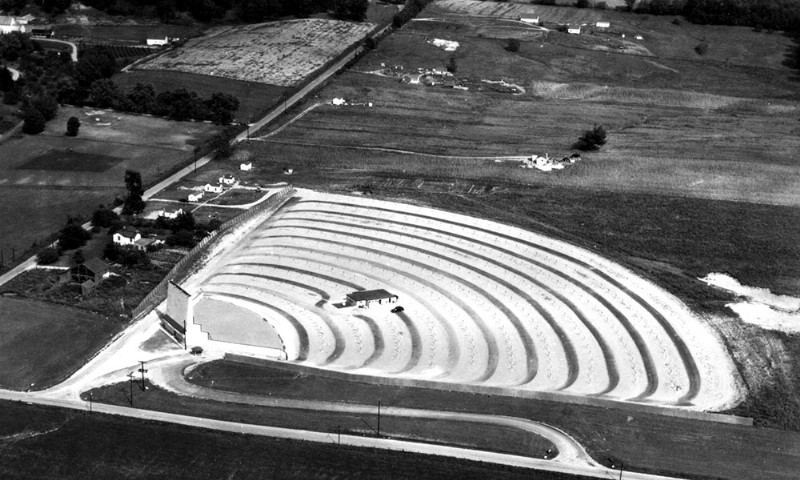
Belmont Auto Theatre aerial photo
Aerial photo of the former Belmont Auto Theatre



